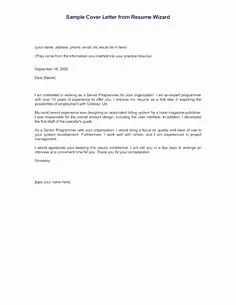Understanding the Return-to-Work Journey
Returning to the workforce after taking time off to raise children can feel like navigating uncharted territory. It’s a journey filled with excitement, anticipation, and sometimes, a bit of apprehension. This guide is specifically tailored for moms who are ready to re-enter the professional world, offering practical advice and actionable steps to make the transition as smooth and successful as possible. The job market has evolved, and understanding the current landscape is crucial. Many moms underestimate their value, but their experiences have equipped them with a unique skill set. This guide aims to empower you to confidently present yourself as a strong candidate and achieve your career goals.
Why a Strong Cover Letter Matters for Moms
In a competitive job market, a well-crafted cover letter is your secret weapon. It’s your first opportunity to make a lasting impression on a potential employer. For returning moms, the cover letter plays an even more critical role. It allows you to proactively address potential concerns about employment gaps, highlight your relevant skills, and demonstrate your commitment to the role. It goes beyond the resume, offering you a chance to tell your story and explain why you are the best fit for the position. A strong cover letter shows employers that you’re not just qualified but also eager to contribute to their team. Many applicants fail to fully utilize the cover letter; this is your chance to stand out.
Highlighting Your Skills and Experience
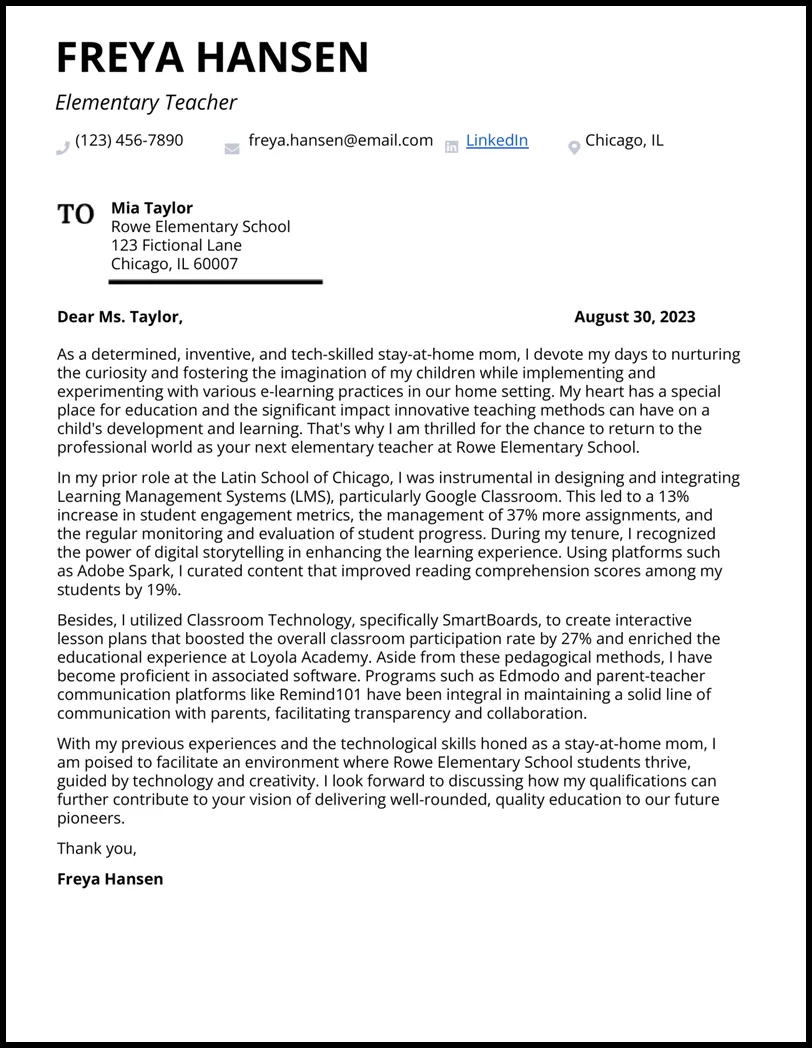
Your cover letter should be a showcase of your abilities. Begin by identifying the skills and experiences that are most relevant to the job you’re applying for. Don’t just list your skills, provide specific examples of how you’ve used them in the past. This is about more than just listing past jobs; it’s about quantifying accomplishments. Use action verbs to describe your accomplishments and highlight the impact you’ve made in previous roles. Tailor your skills section to match the job description as closely as possible. This shows the hiring manager that you’ve taken the time to understand their needs. Remember, the goal is to connect your past experiences to the current opportunity.
Transferable Skills Moms Possess
Motherhood is a training ground for a wide range of skills. Moms are natural project managers, negotiators, and problem-solvers. Highlight the skills you’ve developed through parenting, such as time management, multitasking, communication, and conflict resolution. Consider how you have managed household finances, organized activities, or navigated challenging situations with your children. These experiences translate into valuable assets in the workplace. Think of these skills as “transferable” abilities, ones that will directly benefit any organization. Employers seek these skills; make sure you highlight them in your cover letter.
Showcasing Your Parenting Experience
It might seem counterintuitive, but your parenting experience is a valuable asset. Use your cover letter to highlight how your experience as a mom has made you more organized, patient, and resilient. Focus on any volunteer work, part-time jobs, or personal projects you’ve pursued while raising your children. Even if these experiences aren’t directly related to the job, they show your ability to manage multiple responsibilities and your dedication. Frame your parenting experience as a positive. It’s about how this shaped who you are and what you can offer the potential employer.
Addressing Employment Gaps
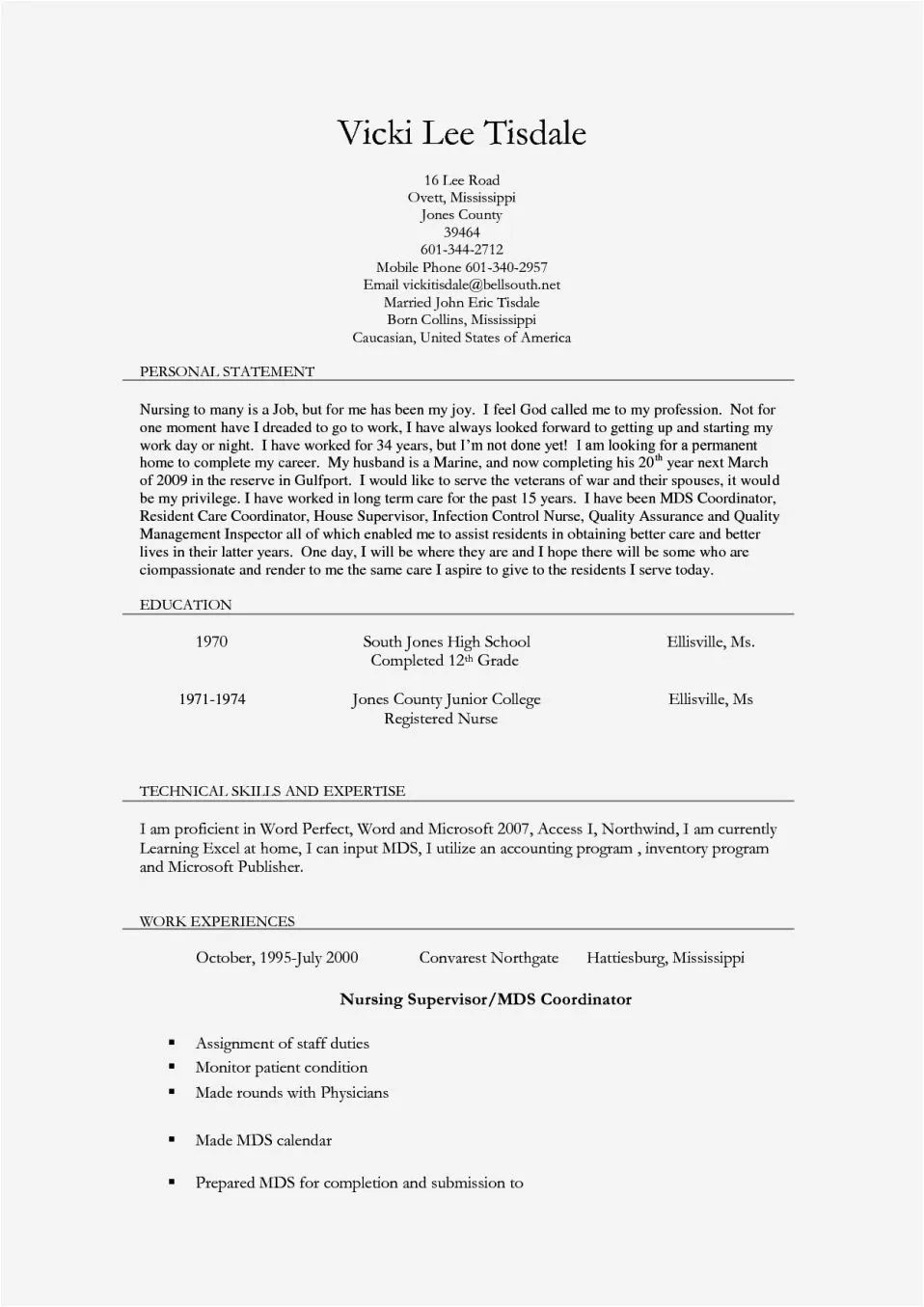
Employment gaps are common for returning moms. Instead of trying to hide them, address them head-on in your cover letter. Briefly explain why you took time away from work, such as to raise children or care for family. Then, focus on what you’ve been doing during that time. Showcase any relevant skills or experiences you gained while out of the workforce. If you’ve taken online courses, volunteered, or worked on any personal projects, be sure to mention them. Always phrase it positively. The goal is to demonstrate that you’ve been actively engaged and are prepared to re-enter the workforce.
Structuring Your Cover Letter for Maximum Impact
The structure of your cover letter can significantly impact its effectiveness. It should include a clear header, a professional salutation, and a concise body that highlights your skills and experience. Pay attention to formatting, as it’s a reflection of your organizational skills. Use a professional font and make sure the letter is easy to read. Keeping the letter brief and focusing on the most important points is key to capturing the hiring manager’s attention. A well-structured cover letter will guide the reader through your qualifications.
Header & Salutation
Your header should include your contact information. Always use a professional email address. The salutation should be personalized whenever possible. If you know the hiring manager’s name, address them directly. If not, use a general greeting like “Dear Hiring Manager.” Double-check both the header and the salutation for accuracy. These are the first elements a hiring manager sees and sets the tone for your communication. A small error can create a negative first impression, so take your time.
Body Paragraph 1 Hook
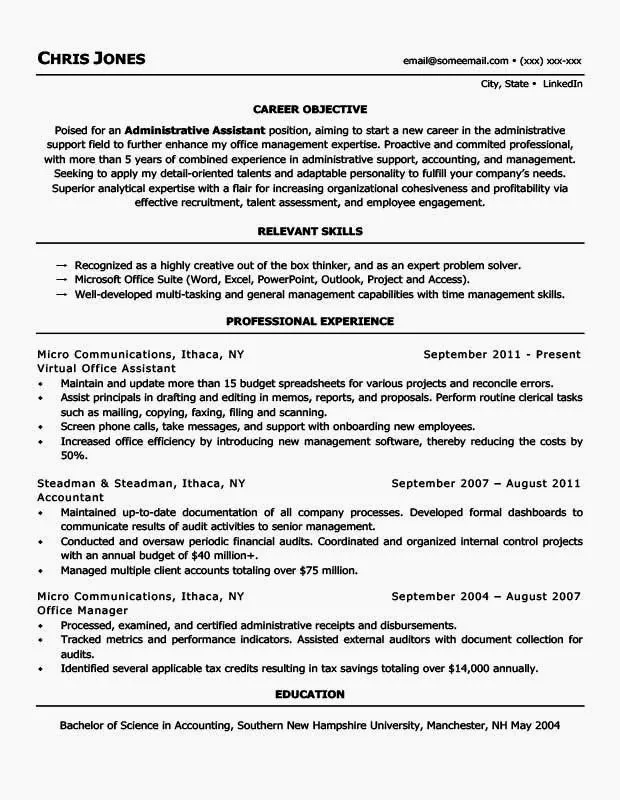
The first paragraph is your chance to grab the reader’s attention. Start with a strong hook that clearly states your interest in the position and briefly highlights your key qualifications. Mention the specific role you are applying for and where you found the job posting. Then, express your enthusiasm for the opportunity. Convey what excites you about the role or the company. The goal is to make the hiring manager want to read more. It’s about starting with a bang; make sure your opening is tailored to that particular job.
Body Paragraph 2 Skills and Experience
This is where you showcase your skills and experience. Focus on the most relevant qualifications and experiences, and back them up with specific examples. Quantify your achievements whenever possible. Use numbers, data, or other metrics to demonstrate your impact. This is where you should mention past achievements. Highlighting how you have previously succeeded can bring immense value and helps the potential employer see how you can contribute. Always align your content with the specific needs of the job.
Body Paragraph 3 Addressing Gaps
In this paragraph, address any employment gaps. Explain the reason for the gap and what you did during that time. Focus on how you kept your skills up-to-date or acquired new ones. Show that you’ve been proactive and engaged. Reframe the gap as a period of growth, not a disadvantage. This is about showing that you were busy during your time off. Mention any professional development courses taken, volunteer work, or personal projects. Frame this as another example of the skills you bring to the role.
Body Paragraph 4 Closing
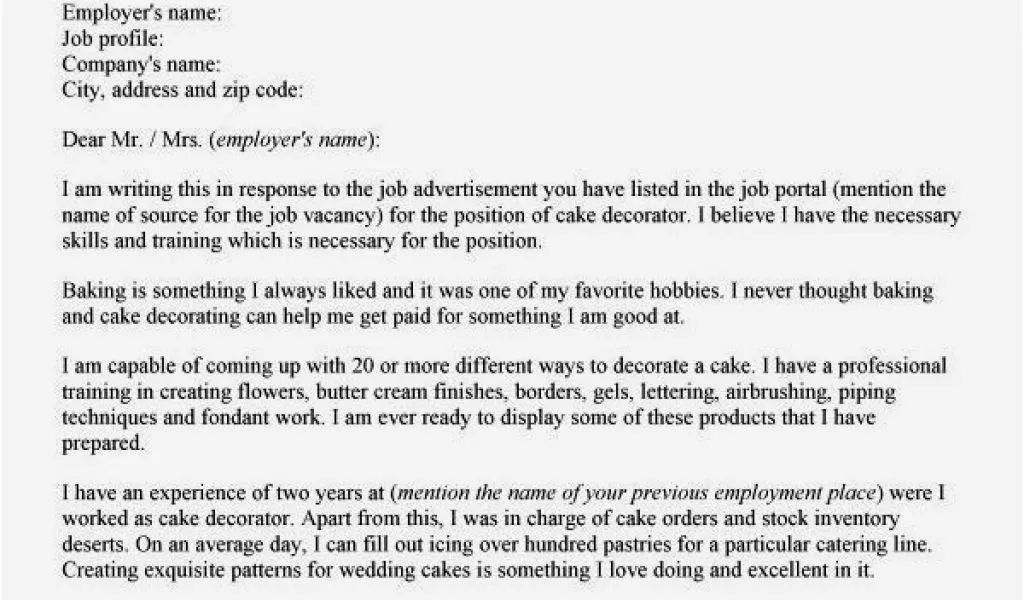
End your cover letter with a strong closing. Reiterate your interest in the position and express your enthusiasm for an interview. Include a call to action, such as encouraging the hiring manager to contact you. Thank the hiring manager for their time and consideration. Proofread your entire letter before sending. A polished closing leaves a lasting positive impression. Your closing paragraph provides a summary of why the hiring manager should select you for the role. It’s your final chance to convince them to take action.
Tailoring Your Cover Letter to the Job
Generic cover letters rarely impress hiring managers. Always tailor your cover letter to the specific job you’re applying for. Read the job description carefully and identify the key requirements and skills. Then, use your cover letter to demonstrate how you meet those requirements. Show that you understand the company’s needs and are genuinely interested in the position. Tailoring your letter shows you have taken the time to understand the specific requirements of the role. This effort demonstrates your attention to detail and genuine interest. Remember, a customized cover letter is more effective than a generic one.
Key Phrases to Use
Certain phrases can significantly enhance your cover letter. Use action verbs to describe your accomplishments, such as “managed,” “led,” or “achieved.” Quantify your achievements whenever possible. Examples of powerful phrases include, “Developed and implemented,” “Increased sales by,” and “Managed a team of.” These phrases add credibility and demonstrate your skills. Using dynamic language can help you create a compelling cover letter. This demonstrates to the potential employer that you are action-oriented and focused on results. Including these phrases will highlight your qualifications.
Quantifying Your Achievements

Numbers speak volumes. Whenever possible, quantify your achievements. Instead of saying, “Improved customer service,” say, “Improved customer satisfaction scores by 15%.” This gives the hiring manager a concrete understanding of your impact. Use data to support your claims and make your accomplishments more impactful. This adds credibility to your application and highlights the value you can bring to the company. The more specific you are, the more impactful your cover letter will be.
Showcasing Your Availability and Enthusiasm
Show the hiring manager that you are ready and eager to work. Indicate your availability for an interview and when you can start working. Express your enthusiasm for the opportunity and the company. Be sure to be realistic. Avoid making promises you can’t keep. By demonstrating your eagerness and availability, you will stand out from other candidates. A positive attitude is attractive to any hiring manager.
Proofreading and Formatting Tips
Before sending your cover letter, proofread it carefully. Check for any spelling, grammar, or punctuation errors. A single mistake can undermine your credibility. Ensure your formatting is consistent and professional. Use a clear and easy-to-read font. Ensure proper spacing between paragraphs. Consider having someone else review your cover letter. A fresh pair of eyes can often catch errors you might have missed. Always tailor your cover letter to the job, and tailor it to the best of your ability. A polished cover letter is a sign of your professionalism and attention to detail.
Common Mistakes to Avoid
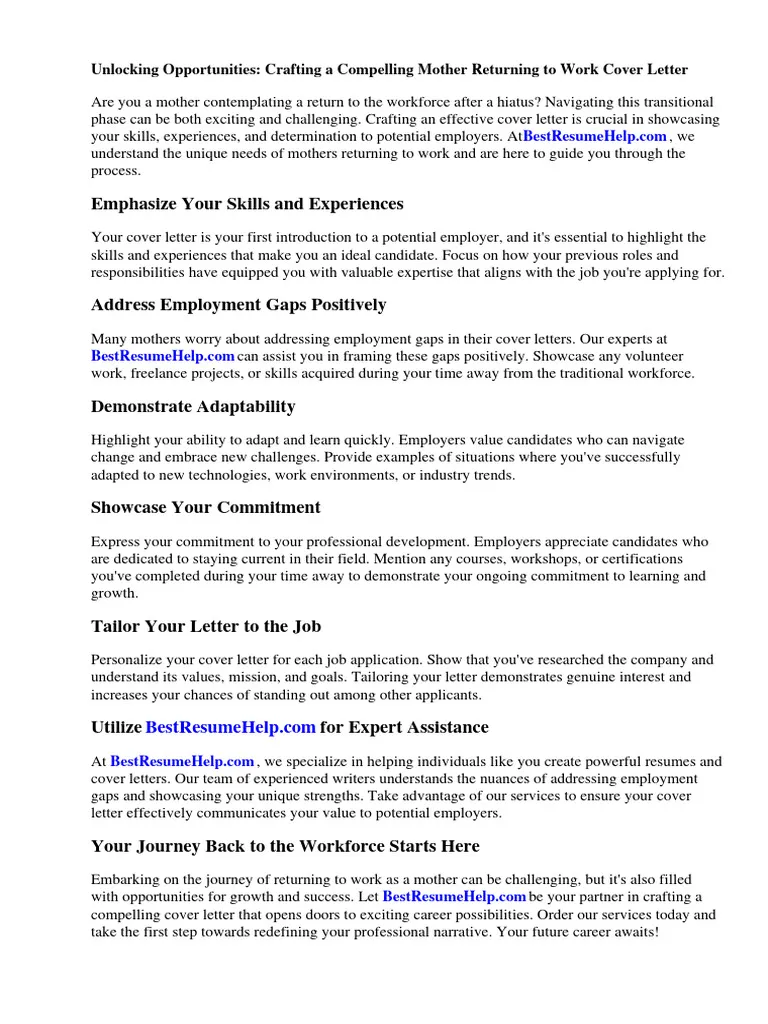
Several common mistakes can hinder your chances. Avoid using generic language and clichés. Don’t simply restate your resume; provide additional information and context. Don’t make it overly long, and keep it concise. Avoid negative language. Focus on what you can bring to the role, not your limitations. Proofread your cover letter carefully. Double-check the job description and company information. Avoid any mention of negative experiences. The goal is to showcase your strengths and sell yourself in the best possible light.
Examples of Strong Cover Letter Phrases
Here are some phrases to include in your cover letter to highlight your strengths. Use phrases like, “I am a highly organized,” “I am a results-driven professional,” or “I am adept at.” Emphasize skills and responsibilities that align with the job. You can also include: “Successfully managed multiple projects simultaneously,” “Increased efficiency by X%,” or “Consistently exceeded expectations.” These phrases can help illustrate your accomplishments and make a strong impression. Be sure that these phrases are relevant to the specific job you are applying for. Use phrases appropriate to your field.
Resources and Support for Returning Moms
Several resources are available to support moms returning to work. Many organizations offer career counseling, resume writing services, and job search assistance specifically for moms. Research online job boards and networking groups tailored to returning parents. Utilize social media to connect with other moms and career professionals. Leverage your network for job leads and advice. Participating in online communities can offer valuable support and insight. Seek support from other moms who have successfully returned to work. Building a support system can make your return-to-work journey much easier.
